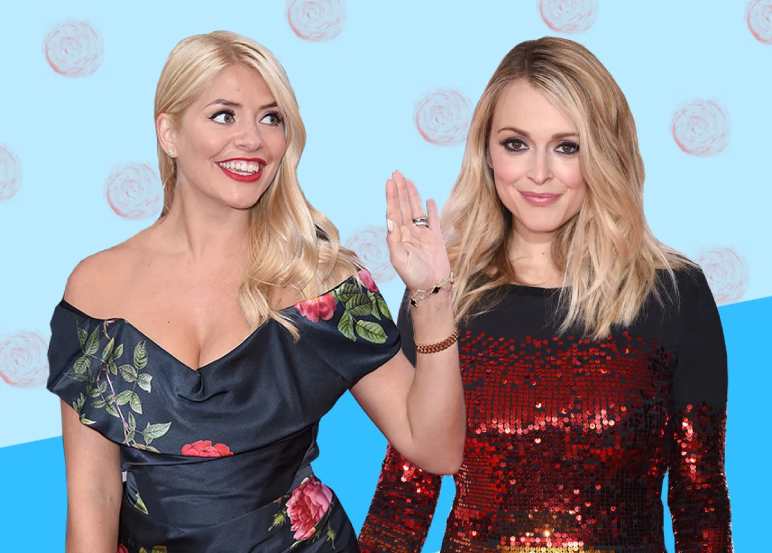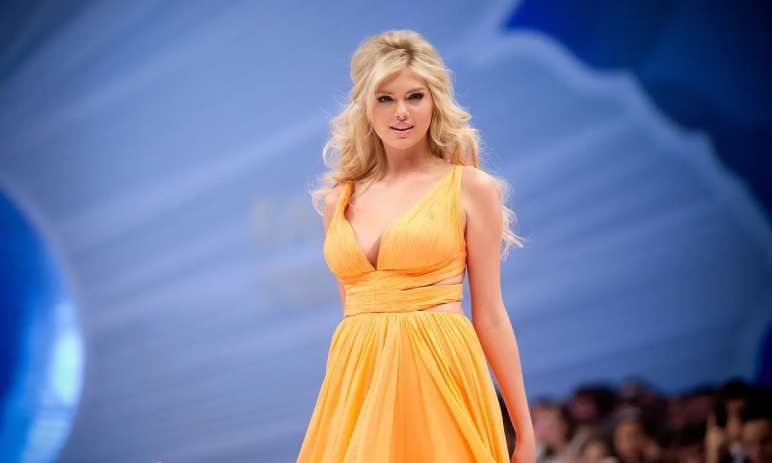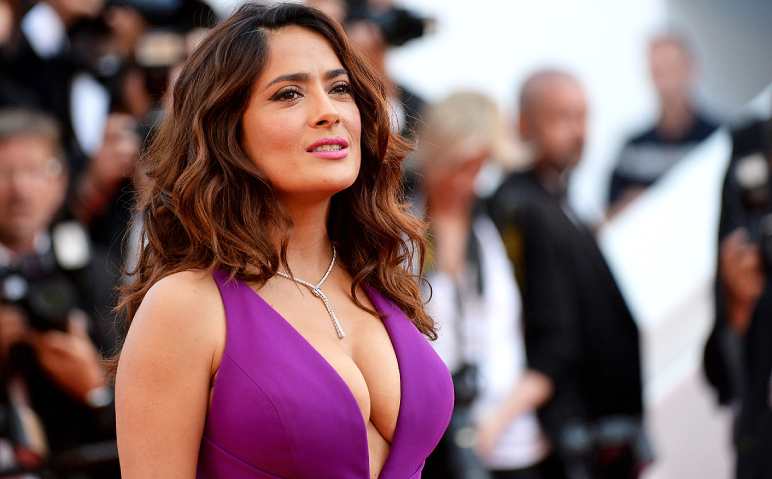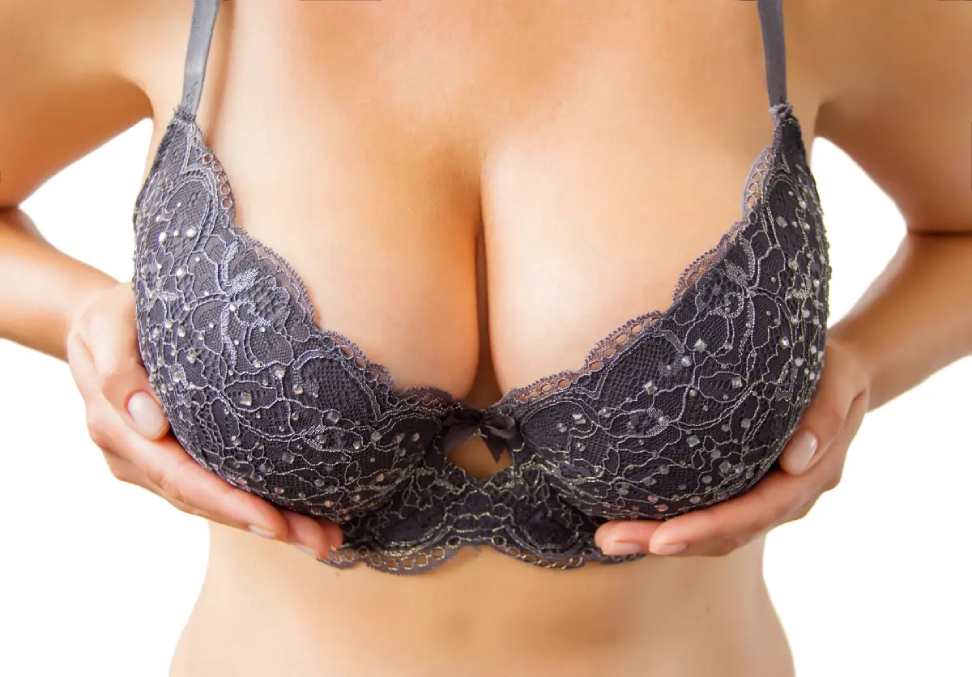The fascination with large breasts is a topic that has sparked discussions, debates, and even controversies for decades. Society’s perception of beauty has evolved over time, and different cultures have varying standards of attractiveness. In this blog post, we will delve into the psychological, cultural, and biological factors that contribute to the appeal of large breasts and attempt to understand why they hold a special place in the realm of physical attractiveness.
Biological Perspective

From a biological standpoint, the preference for certain physical features can be traced back to evolutionary factors. Men are believed to be instinctively drawn to features that signify fertility and reproductive health. Large breasts, in this context, might be seen as a visual cue indicating a woman’s ability to nourish and sustain offspring. This preference may be deeply embedded in our genetic makeup, dating back to when survival and procreation were paramount.
It’s essential to note that individual preferences can vary widely, and not everyone may be wired to find large breasts particularly appealing. The diversity of human attraction is a testament to the complexity of biological factors influencing personal tastes.
Cultural Influences

Cultural factors play a significant role in shaping our perceptions of attractiveness. Throughout history, different societies have held diverse standards of beauty. In some cultures, curvaceous figures, including ample bosoms, have been celebrated as a symbol of femininity and fertility. Ancient sculptures, paintings, and literature often depict women with voluptuous bodies, contributing to the normalization and desirability of such features.
On the other hand, contemporary Western societies have experienced shifts in beauty standards over the years. The media, fashion industry, and popular culture have contributed to the promotion of slender figures, emphasizing a more athletic or slim ideal. Despite this, there remains a persistent fascination with larger breasts, evident in the popularity of certain celebrities known for their ample assets.
Media Influence

The media, including advertising, television, and film, plays a pivotal role in shaping societal perceptions of beauty. Many advertisements and entertainment outlets often showcase women with larger breasts, associating this physical trait with attractiveness and desirability. These portrayals can influence public opinion, creating a societal norm that equates large breasts with sex appeal.
However, it’s crucial to recognize the impact of media in perpetuating unrealistic beauty standards. The prevalence of photo editing and digital manipulation further distorts perceptions of the ideal body, leading to a skewed understanding of beauty that doesn’t necessarily align with real-world diversity.
Psychological Aspects

Individual preferences in attraction are also influenced by psychological factors. Beauty ideals can be shaped by personal experiences, cultural background, and social conditioning. Some theories suggest that men may be drawn to larger breasts due to the association with nurturing and comfort, mirroring the feelings of security and care experienced during infancy.
Moreover, the psychology of attraction is complex and multifaceted. Personal preferences are subjective and can be influenced by a myriad of factors, including personality, interests, and emotional connection. While physical appearance may initially attract individuals to one another, it is often the emotional and intellectual connection that sustains a meaningful relationship.
Body Positivity and Self-Acceptance

While exploring the appeal of large breasts, it is crucial to address the broader conversation around body positivity and self-acceptance. Beauty comes in diverse shapes and sizes, and no single physical trait should define a person’s worth. Embracing body diversity and promoting self-love is essential for fostering a healthy and inclusive society.
Beyond the widely discussed biological, cultural, and psychological factors, several more unique and nuanced perspectives contribute to the fascination with large breasts:
Symbolism of Fertility and Vitality
- Large breasts are sometimes perceived as a symbol of vitality and fertility, beyond their biological function of breastfeeding. Some individuals may associate ample bosoms with robust health and the potential for successful reproduction.
Historical Artistic Representations
- Throughout art history, depictions of women with fuller figures, including larger breasts, have been celebrated. Artistic representations can shape societal perceptions, and the historical prevalence of such depictions may contribute to the enduring appeal of larger breasts.
Eroticization and Taboo
- The taboo nature of breasts in many societies can add to their allure. The idea of a particular body part being hidden or restricted can make it more enticing and eroticized. Societal norms surrounding modesty and the private nature of breasts can contribute to their mystique.
Cultural Variations
- Beauty standards vary significantly across cultures, and what is considered attractive in one culture may not hold the same appeal in another. Exploring cultural variations in preferences for breast size provides a richer understanding of the diverse factors at play.
Personal Experiences and Preferences
- Personal experiences and relationships can greatly influence individual preferences. Positive experiences or strong emotional connections with individuals possessing certain physical attributes, such as larger breasts, can lead to an individual developing a specific attraction.
Evolving Fashion Trends
- Fashion trends, including clothing styles that emphasize or accentuate certain features, can impact perceptions of attractiveness. For instance, fashion trends that highlight cleavage or curves may contribute to the desirability of larger breasts during specific periods.
Evolutionary Dichotomy
- While evolutionary instincts might explain a preference for features associated with fertility, it’s essential to consider the dichotomy in evolutionary preferences. Some argue that the diversity in human attraction may be an adaptive trait, promoting genetic diversity and the survival of a wider range of offspring.
Media’s Role in Redefining Beauty
- The media not only perpetuates existing beauty standards but also has the power to redefine them. Instances of body positivity movements, inclusivity campaigns, and the celebration of diverse body types challenge traditional notions of beauty, contributing to a more expansive and accepting view of attractiveness.
Shifts in Gender Perspectives
- As societal perspectives on gender roles and expectations evolve, so do preferences in attractiveness. Some individuals may find empowerment and a challenge to traditional norms in expressing attraction to features that deviate from conventional ideals.
Psychological Impact of Confidence
- Confidence and self-assuredness can significantly impact perceived attractiveness. Individuals who exude confidence, regardless of body size or shape, can be highly appealing. The confidence exhibited by people with larger breasts may contribute to their perceived attractiveness.
In conclusion, the appeal of large breasts is a complex interplay of biological, cultural, psychological, and more unique factors. Recognizing the diversity in human attraction and understanding that preferences are subjective and multifaceted is crucial for fostering a more inclusive and accepting society. The fascination with large breasts, like any aspect of physical attraction, is a dynamic and evolving phenomenon shaped by a myriad of influences.
Have A Look :-


